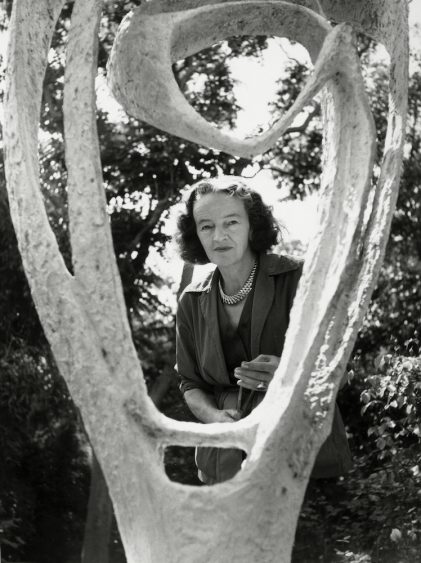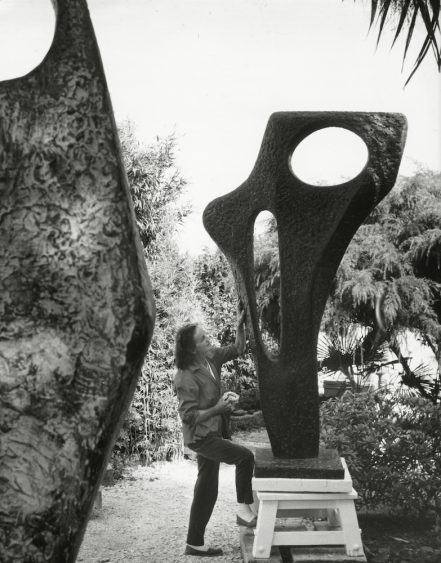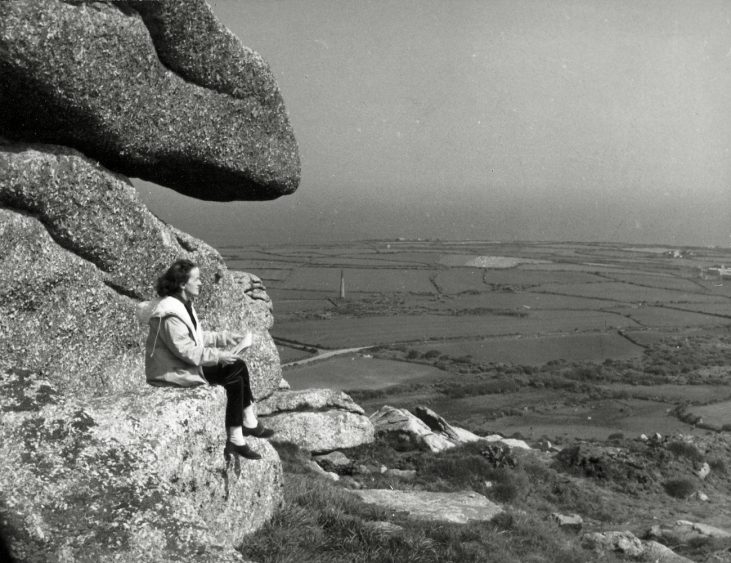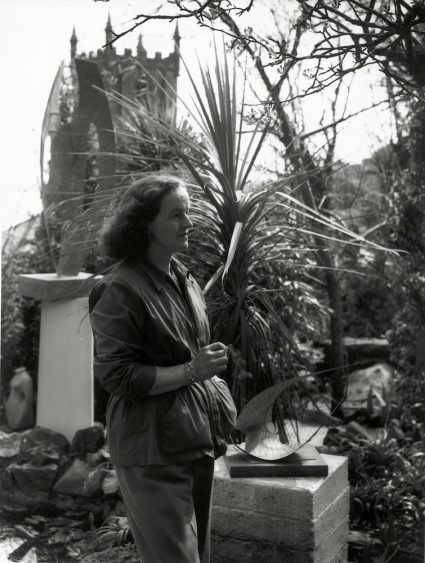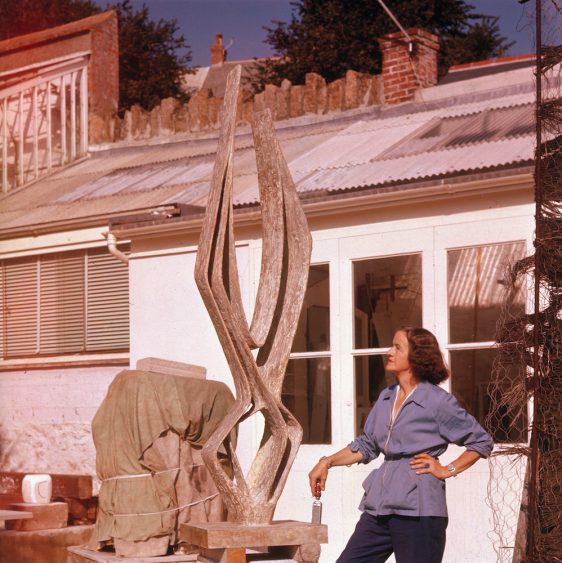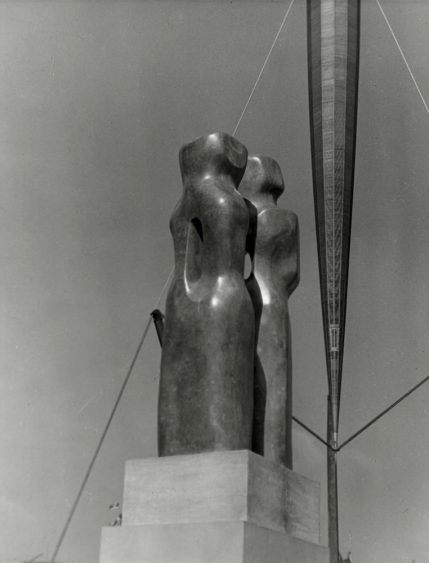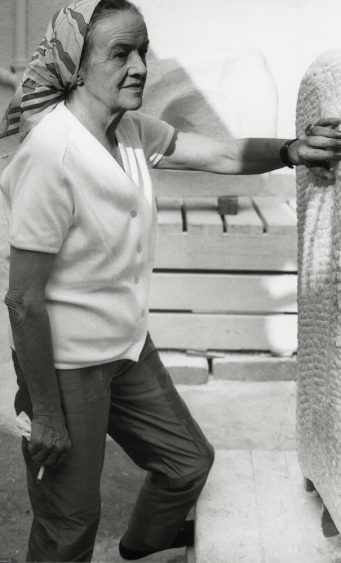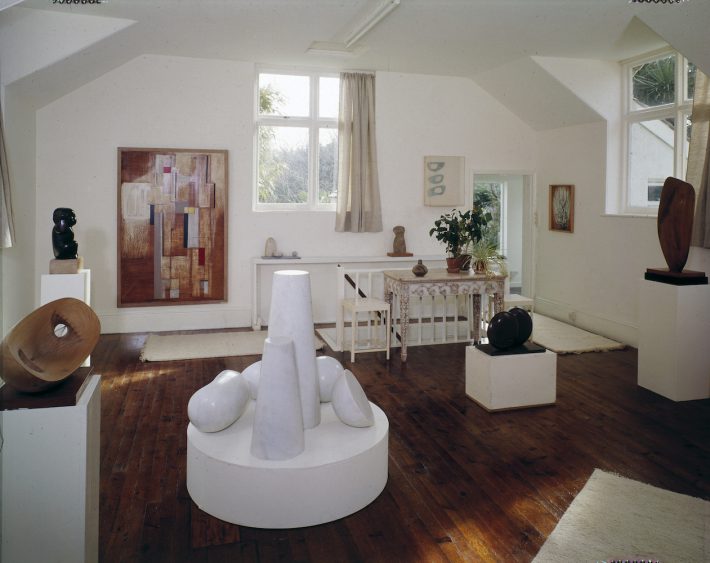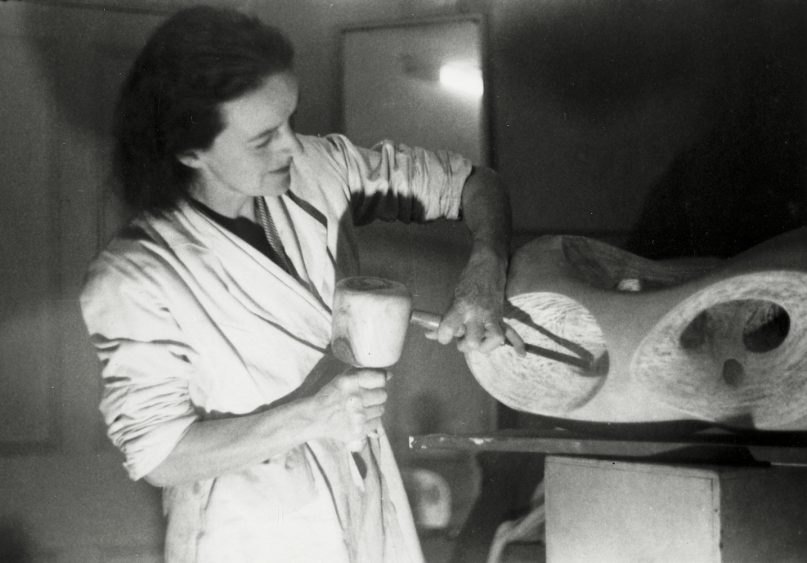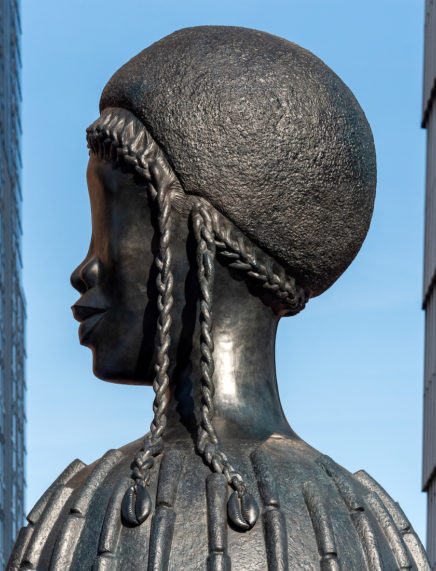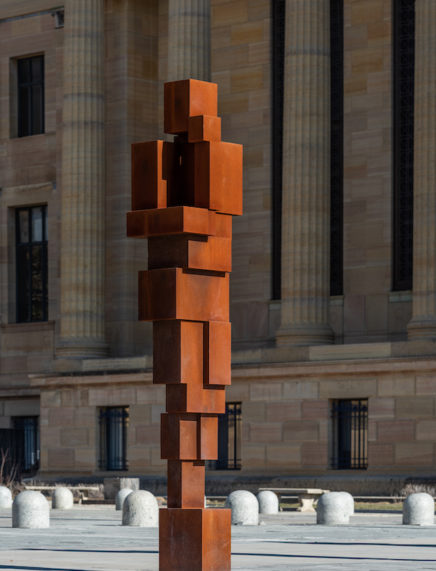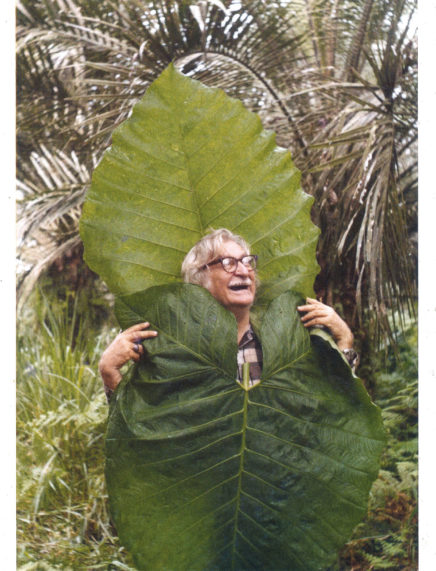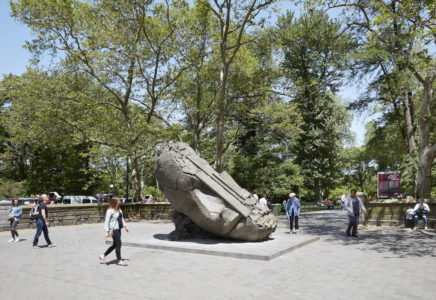1976-2016: 40th Anniversary of Barbara Hepworth Museum and Sculpture Garden
It’s in 1976, a year after Barbara Hepworth’s death, that the “Trewyn Studio”, located in Saint Ives in Cornwall, in which the artist lived and worked, was turned into the Barbara Hepworth Museum and Sculpture Garden. The museum opened thanks to Alan Bowness, the artist’s son-in-law and later director of Tate Gallery. Forty years after its opening, the Barbara Hepworth Museum and Garden, which is part of the Tate St Ives since 1980, still attracts many visitors and displays the artist’s work according to the instructions given in her will.
Barbara Hepworth was born in 1903 in Wakefield (Yorkshire, England). She studied art in Leeds and then at the Royal College of Arts in London where she became acquainted with artist Henry Moore, among others. Barbara Hepworth started out by favoring human or animal marble figures, like Doves (1927), Mother and Child (1927) or Standing Figure (1929-1930). Her first abstract shapes only appear in 1932, with the famous pink alabaster Pierced Form, which was unfortunately destroyed during the war. By the end of the 1930s, the Hepworth workshop, which she shared with her second husband, the painter Ben Nicholson, had become an abstract art reference in England.
It’s only in 1939 that Barbara Hepworth, Ben Nicholson and their four children settle down in Saint Ives, in Cornwall: the Second World War had just been declared. For four years, the artist was forced to stop working for financial reasons, lack of space and mostly family obligations. She started working again in 1943. At that time, her artistic outlook visibly and tangibly changed: the Cornish landscape goes through her retina, travels through her body and translates into her sculptures. Her way of experiencing the landscape indisputably influences her artistic production: through her work, she tries to create space inside the sculpture, to open up the shape. She wants everyone to be able to project themselves inside her sculptures just as she projects herself into the landscape which surrounds her. Like the wind and the ocean shaping the landscape, her hands shape her work: spirals, movements, curves, empty spaces.
In 1949, because she needed a lot more space to work, she finally purchased the Trewyn studios. She explains in an interview: “Finding Trewyn Studio was a sort of magic. Here was a studio, a yard and a garden where I could work in open air and space.” 1
The Trewyn studios have undergone several transformations to adapt to the artist’s needs: she uses new materials, creates sometime monumental works, and ultimately, they also become her residence. However, what you see today tries to reproduce, as accurately as possible, the atmosphere and the layout of the studios when they were used.
The sculpture garden is adjacent to the studios: it gently slopes down from the north west to the south east, opening up to a view on the bay of Saint Ives. It comprises three terraces connected by concrete, gravel and boarded paths. A pond, a variety of shrubs, the magnolia she planted herself in 1950, her cacti collection, ornamental plants, a weeping pear tree, concrete pedestals, birds: while Barbara Hepworth meticulously and rigorously picked the position of her sculptures, she also selected plants for their texture and their sculptural qualities. Her garden is therefore not only full of life and hosting twenty one of her sculptures, but it is also in perfect harmony with the vegetation which surrounds it: sculpture and nature join to form a musical composition. Four Square (Walk Through) 1966, the garden’s largest bronze sculpture, perfectly illustrates this harmony. Over 13 feet high, it frames the surrounding landscape and the sea at the bottom of Barnoon Hill, where the garden starts.
“She worked with a composer, Priaulx Rainier, and they decided that they were going to develop this garden, and it was evolved very carefully. It is a sanctuary; it has an incredible peaceful feel about it.”2 Sara Matson – Curator, Tate St Ives.
To visit and immerse yourself in the sculpture garden, watch Barbara’s Garden interactive video, presented by the Tate Gallery.
Barbara Hepworth Museum and Sculpture Garden
Barnoon Hill, Saint Ives
TR26 1AD
United Kingom
From 1 March 2016
Open daily 10.00–17.20
(last admission 17.00)
Email visiting.stives@tate.org.uk
Tél. : +44 (0)1736 796 226
Notes
1 Source : https://www.youtube.com/watch?v=8PPM8foaH_k
2 Source : https://www.youtube.com/watch?v=8PPM8foaH_k
